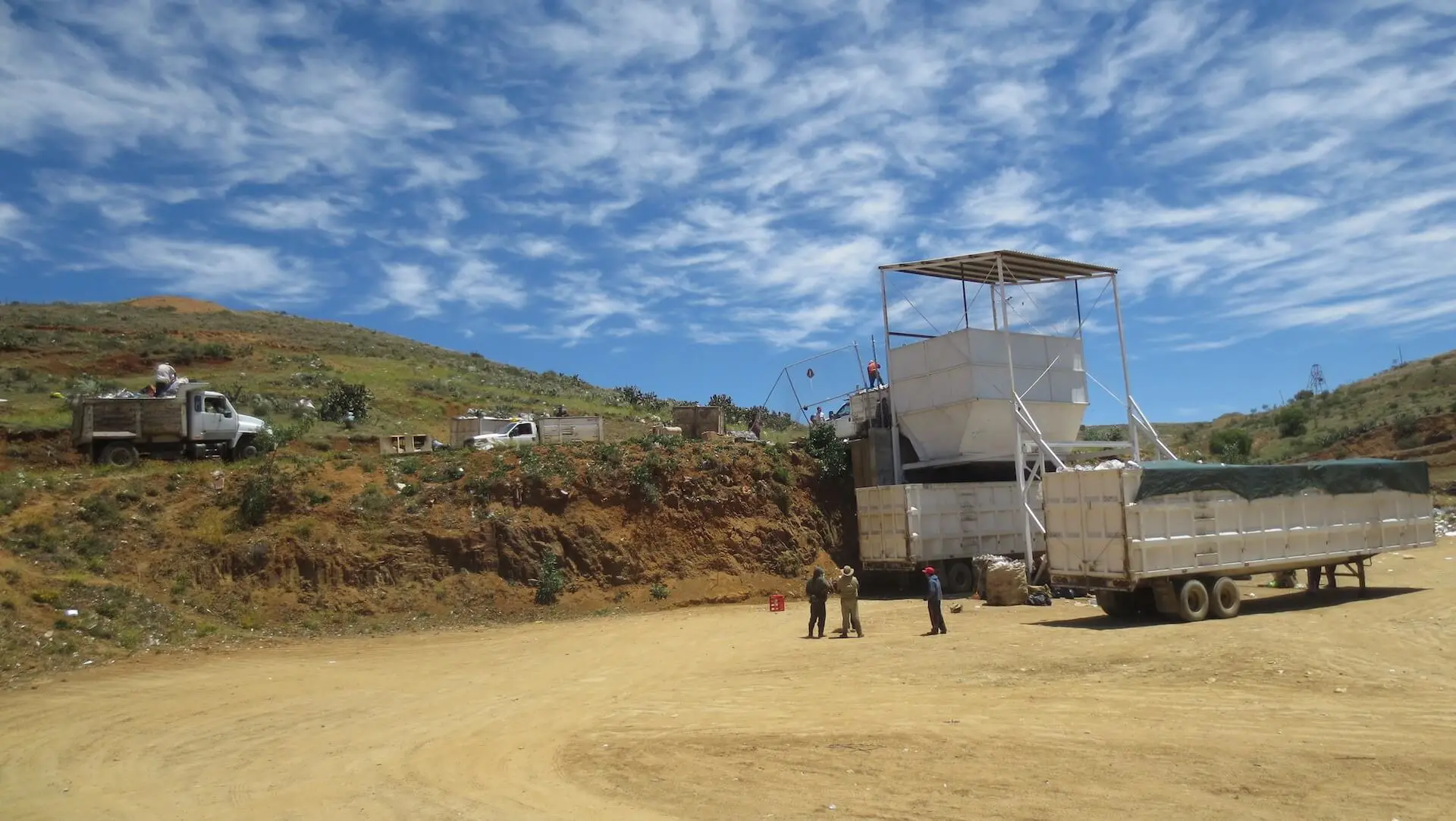The Project: Feasibility Study LFGTE Pilot
Zacatecas, Mexico
The Challenge
Funded by a grant through the USTDA, EARTHRES was contracted to conduct a feasibility study of the socio-economic impact, regulatory review, project financing/implementation planning for the installation of a 1-3MW landfill gas to energy (LFGTE) pilot facility in the Municipality of Zacatecas, State of Zacatecas, Mexico.
This project must support the goals and objectives of the Energy and Climate Partnership of the Americas, the U.S.-Mexico Bilateral Framework on Clean Energy and Climate Change, and Mexico’s bold new Climate Change Act, which commits the country to cutting its total CO2 emissions by 30% by 2020 and 50% by 2050 below current levels, as well as generating 35% of electricity from renewable sources by 2024. It is also consistent with all the relevant policies and standards of the World Bank and Inter-American Development Bank (IDB).
The Zacatecas LFG feasibility study would be the first of its kind to serve a medium-sized municipality in Mexico and would help the city reduce its carbon footprint while creating an important and reliable source of clean energy. With much greater numbers of smaller landfills in the country and around the world, this project can be a valuable proof of the concept potentially leading to hundreds of similar small- to mid-sized LFG beneficial use projects throughout Mexico and in other developing countries.
The preliminary waste characteristic analysis revealed a local waste composition quite different from the typical municipal solid waste streams in the U.S. or other developed countries and would require a thorough study and recommendation of alternative solutions.
The Solution
Under a consulting services contract to the Grantee, the LFGTE feasibility study included site condition assessments, waste characteristic analysis, landfill/LFG surveys, LFG modeling, technological alternatives evaluation, conceptual system design, and technical configuration options analysis.

Economic and financial analyses, regulatory reviews, environmental and development impact assessments, and the subsequent investment project financing/implementation planning were also completed, as well as the relative market analysis, procurement with the potential U.S. export opportunities, and identification of the U.S. sources of supply, etc. which are very similar in many World Bank and/or Inter-American Development Bank (IDB) funded environmental and social development projects.
Findings
The preliminary waste characteristic analysis revealed a local waste composition quite different from the typical municipal solid waste streams in the U.S. or other developed countries. The amounts of LFG generated by, and potentially recoverable from, the Zacatecas Municipal Landfill are estimated respectively using the USEPA-GMI Mexico LFG model v2.0. A number of possible technological alternatives for the proposed Zacatecas LFGTE Pilot Project were carefully evaluated with costs estimated, including an LFG collection system and LFG conditioning system, as well as microturbine(s), internal combustion engine(s), compressed natural gas, and/or other proven LFGTE technologies. Possibilities of potential photovoltaic and/or bioreactor applications, in combination with the site’s final closure plan, were also evaluated and discussed in the conceptual design report and recommendations prepared by EARTHRES. The proposed Zacatecas LFGTE pilot project has the potential to collect and destroy an average of 5.75 million cubic meters of methane annually over the next 20 years, providing a significant reduction in emissions equivalent to more than 48,269 tons of CO2e per year.
The proposed Zacatecas LFGTE Pilot Project will be developed in accordance with international standards and based on results of this feasibility study. In addition, EARTHRES helped initiate various funding opportunities for the Grantee to pursue in preparation for the development of the subsequent investment project and is committed to assisting the Grantee to diversify its energy sources to meet the local growing demands by using renewable energy including LFG.
The Results
The proposed LFGTE pilot project has the potential to collect and destroy an average of 5.75 million cubic meters of methane annually over the next 20 years, providing an annual reduction in emissions equivalent to over 48,269 tons of CO2 emissions.


